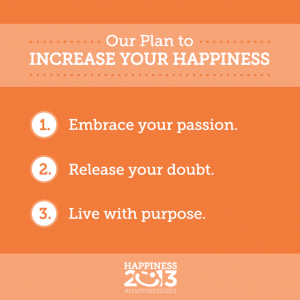 Summary: Doing what you say you want to do isn't always easy. Neuroscience explains why and how to make it more straightforward to choose to do the things that you want to do.
Summary: Doing what you say you want to do isn't always easy. Neuroscience explains why and how to make it more straightforward to choose to do the things that you want to do.
Key Take Aways:
Happiness is sometimes about feeling at peace, about having an alignment between what you want to do and what you find yourself actually doing. It is most noticeable when it isn’t present.
Can you relate to wishing you were the type of person who popped out during your lunch break to go to the gym? Or ate that healthy snack of dried seeds and nuts mid afternoon? Or even got your report in early (rather than cutting it close to the wire)? Although you may not naturally gravitate towards these types of actions there is a way you can increase the likelihood of you doing these thing and other things that are important to you.
A big frustration of many people is the disparity between what you want to do, what you have decided is important to you and what you actually end up doing. It doesn’t make sense to our rational minds. We think that if something is important to us, like being a patient manager, then we’ll work on being that way and pretty soon should start to see some results. If instead we find ourselves getting frustrated time and time again then it can demotivate us and make us less inclined to try again.
One of the big revelations that neuroscience brings us is that just because you have the intention and desire to change this isn’t enough to result in adaptations to your behaviour. There is a fundamental Value-Action gap where the difference between what you say and do can be huge. Basically you can think of yourself as having two systems, one that is intentional and effortful whilst the other is implicit and routine.
The great news is that these systems enable you to think about new things while keeping the routine things ticking over. You can think about your work day ahead while cleaning your teeth, you can get into your office while talking on your hands free and you can probably even send some email responses on autopilot!
The downside to these systems is that this automatic system that has our habits down to a fine art is strongly wired. This is where nudging comes in. Rather than deal with the cognitive system, nudging acts directly on the implicit unconscious system. This means it helps transform your habits much closer to their source.
Applications:
Classic applications of nudging include using a smaller plate to help you eat less, putting the lift further away from the entrance than the stairs to help people choose to walk up and giving guys a dot in urinals to help their aim. In a work context you could try things like putting water on your desk to help you stay better hydrated, only replying to emails when in a calm state to help you be more of a patient manager, or scheduling regular team get-togethers to help you bond and force yourself to be an accessible leader.